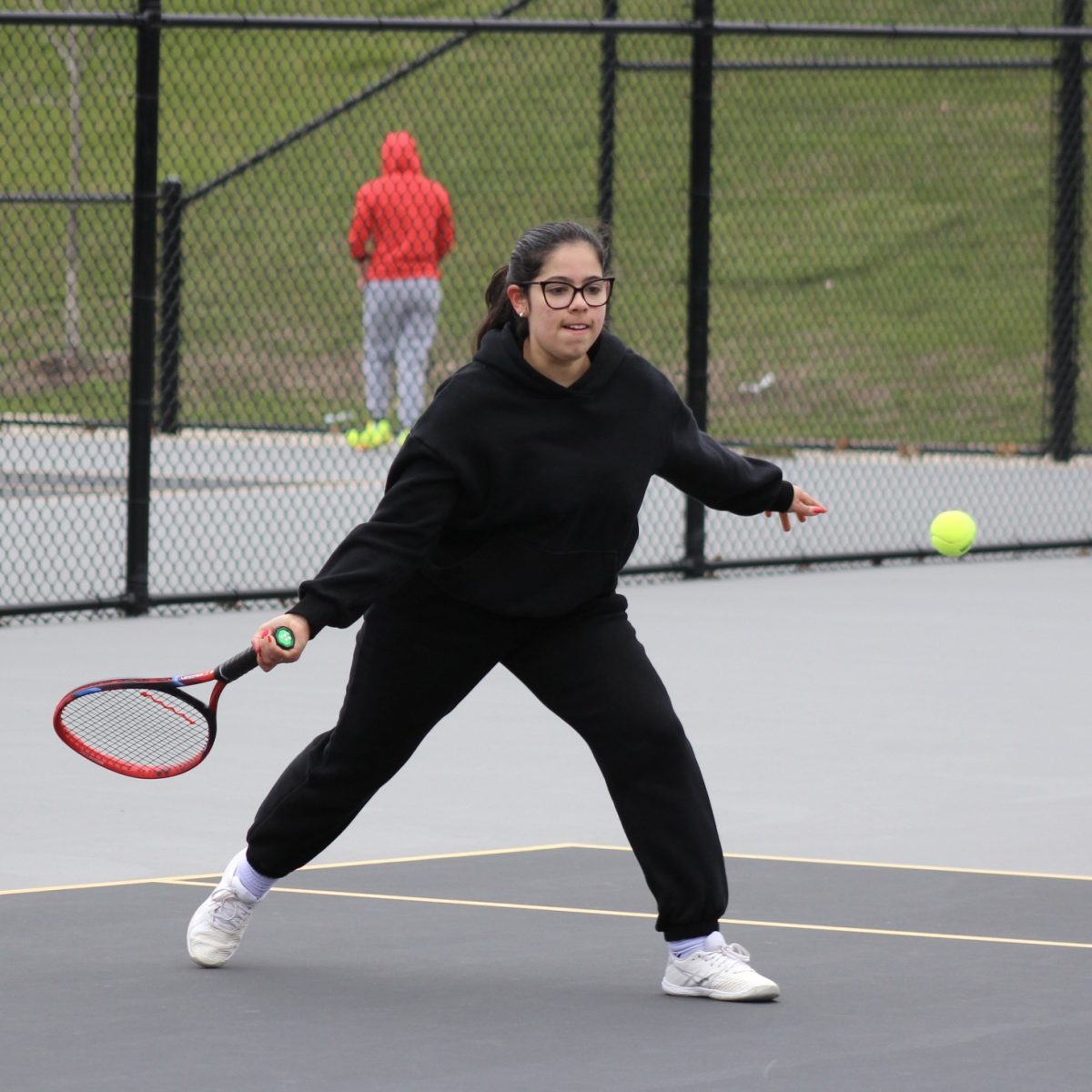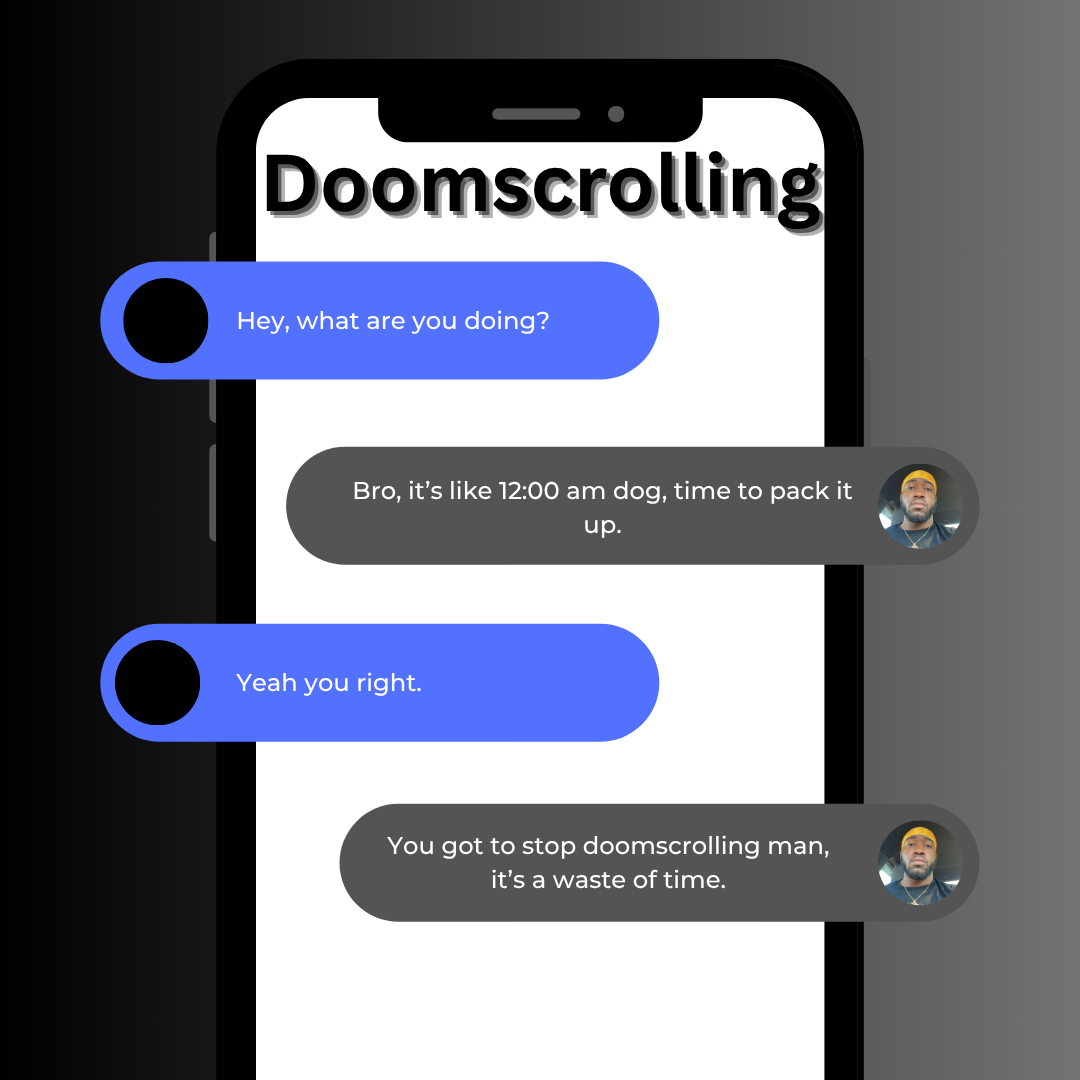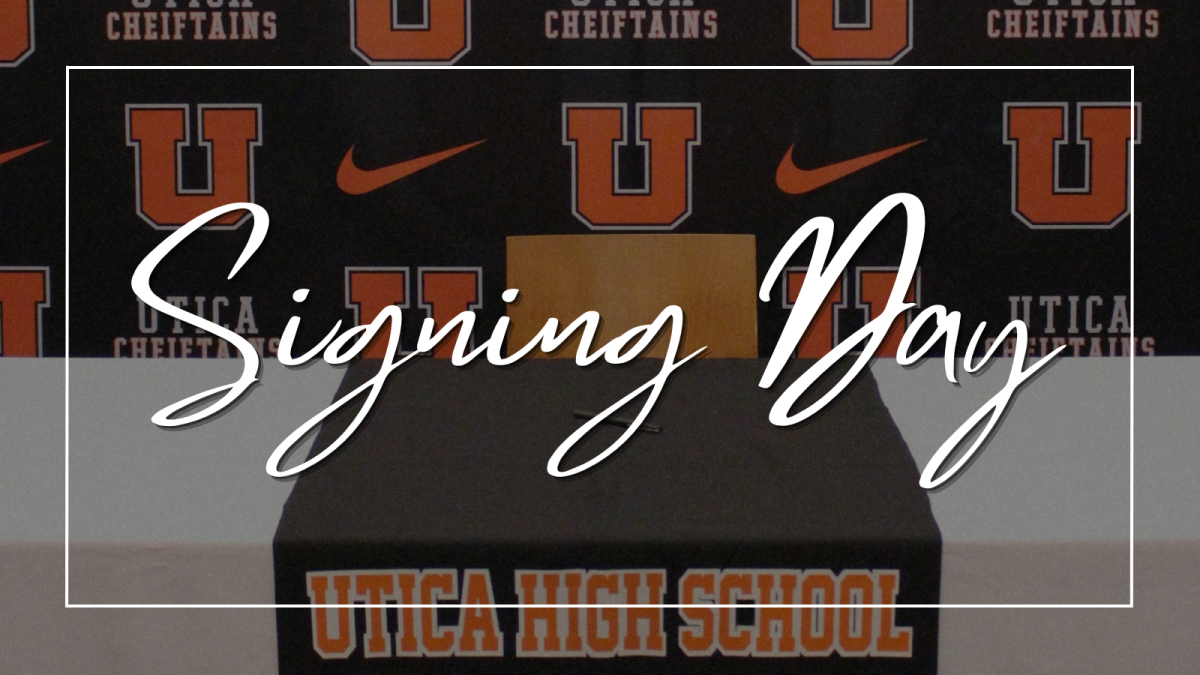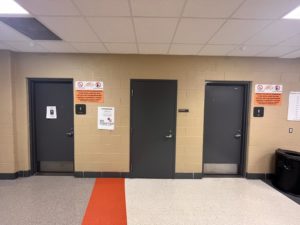SAT scores decline throughout country
December 9, 2022
In the United States, standardized test scores have been on the decline. A common standardized test, the Scholastic Aptitude Test (SAT), was introduced in 1926, and is a way to measure a student’s readiness for college. Michigan isn’t an exception to the plummet when it comes to standardized testing. In 2020, 8.6% less students were deemed college ready than they were in 2015, in both reading and math categories.
“I think that it makes sense to see a post-COVID slump in scores,” teacher Kirsten Bolitho said.
48 states ordered or recommended school building closures at the height of the pandemic.
“After all, we lost a lot of instructional time,” Bolitho said. “Students were dealing with much pressure outside of school.”
Online education was the only option for schooling during the lockdowns at the height of the pandemic.
“I think the pandemic and online schooling definitely had an effect on SAT scores,” junior Paisley Heatley said. “Online schooling isn’t right for every person.”
The decrease in scores and participants is most present during and after the pandemic. For the ACT and SAT combined, the number of test takers was the lowest it has ever been, compared to the highest number in 2018.
“In my opinion and observation, the decline in college readiness and SAT scores is due to a lack of reading and comprehension by students,” teacher Michael Zalewski said. “I don’t believe many students are reading.”
Utica High School’s English scores have remained high despite the decrease in other districts.
“I am proud to say that English scores at Utica High School have remained relatively consistent,” Bolitho said. “We had a slight variance, but to my knowledge we have remained above the 60% mark each of the last sixish years.”
The accuracy of the SAT’s ability to measure academic potential was questioned by a few students.
“I think that everyone’s academic ability and knowledge changes over time,” Heatley said. “It isn’t fair for us to have to show it all in one test; it isn’t always accurate.”
Others think the nature of testing could be difficult to some people, no matter their intelligence.
“Someone could get a 4.0 GPA and bomb the SAT and not get into a good college,” junior Noah Payne said. “I just feel like there could be a much better way of testing. There isn’t a way to fix the SAT.”
Limited time to take the test was the focus of a couple students’ criticism.
“I don’t think the SAT is an accurate measure of academic ability,” junior Hector Martinez said. “The limited time that students have is one of the flaws that could be changed.”
The SAT is 180 minutes long in total, with the reading, writing and math segments all being taken within those three hours. Depending on the section, the number of questions is different. In the reading segment, there are 52 questions, 44 questions in writing, and 58 questions in math.
“I believe the time limit can hinder many students who are just as capable and intelligent as those who can work fast,” senior Sadie Heman said.
Besides the time given to complete the SAT, the topics the test covers were something in need of change according to some students.
“I believe that making the test line up more with students’ course material would help,” Heman said, “instead of leaving students to do Khan Academy occasionally in class or on their own.”
“The tests shouldn’t just be based on things like math,” Heatley said, “but more knowledge everyone needs to know when they’re older.”
Besides flaws within the SAT itself, the funding a school district receives is argued to affect the results for each the test. The difference between students deemed college ready in Utica Community Schools and
Rochester Community Schools is 21.5%, with UCS being 34.3% and RCS being 55.8%.
“Resources absolutely impact test scores,” Bolitho said. “Household income is something that is a large predictor, and this does correlate with where a student goes to school. Rochester Community Schools does serve a different community than we do.”
Students acknowledge these predictors, as well, and know that the test can only show what they’ve learned in the classroom.
“Higher access to resources like tutors, healthy foods, or even time,” Heman said, “can make students more prepared for standardized testing.”












Nghi Chau • Apr 23, 2023 at 2:31 pm
I struggled with online schooling during the pandemic too, but I’m so glad I’m out of it before SAT comes.